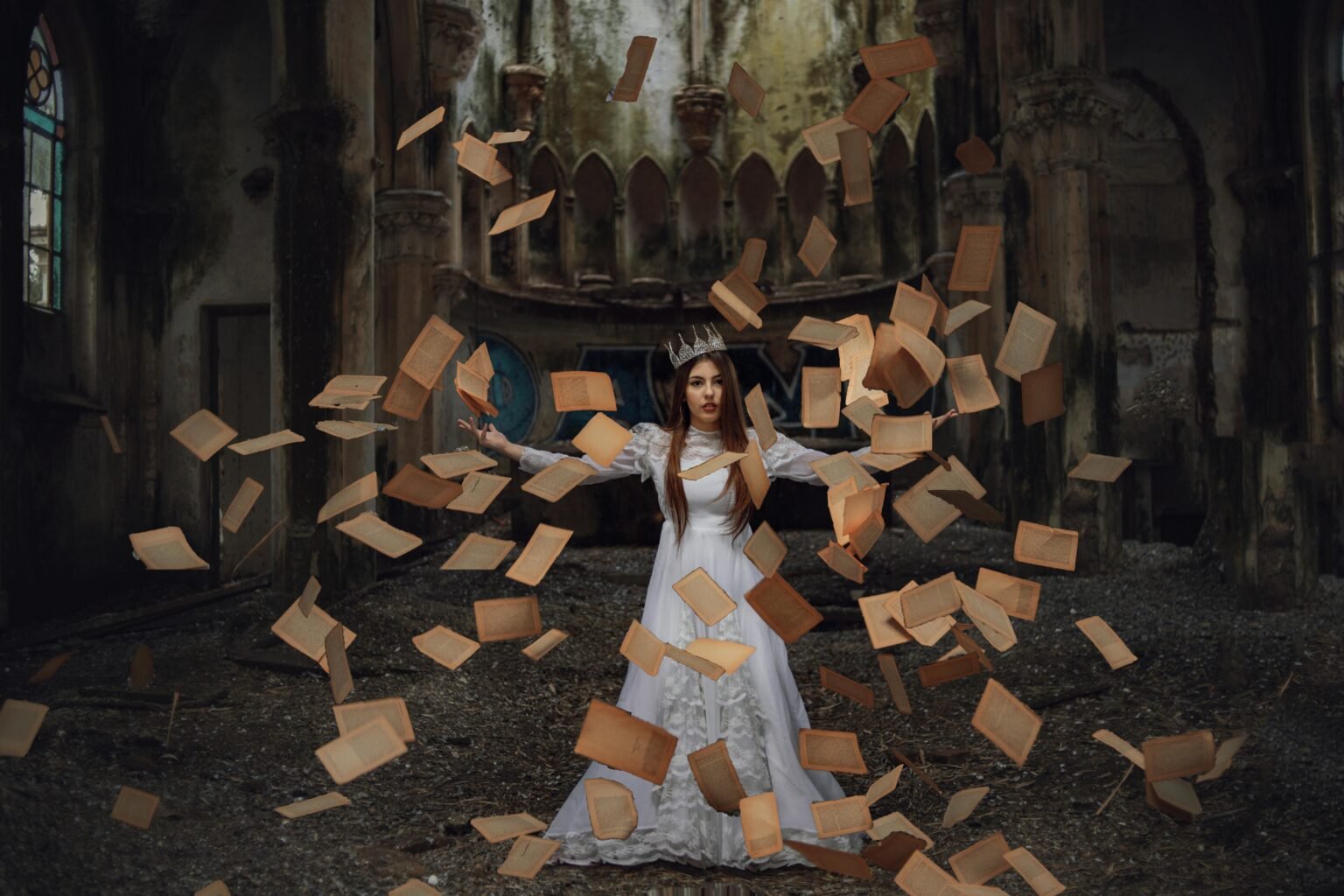Introduction: What Makes a Your topics | multiple stories?
Stories have been an integral part of human culture since the dawn of time. Whether shared around a campfire, written in books, or portrayed on the big screen, they shape our understanding of the world and ourselves. What makes a Your topics | multiple stories story compelling is its ability to evoke emotions, stimulate imagination, and resonate with universal truths. But what happens when we explore multiple stories? How do different perspectives enrich our narrative landscape? This article delves into the essence of storytelling and how diverse narratives create a mosaic of experiences.
The Power of Perspective: Seeing the Your topics | multiple stories Eyes
Every individual carries a unique perspective shaped by their upbringing, culture, and personal experiences. These perspectives influence how stories are told and received. Imagine the same event narrated by two different people: one might focus on the emotional turmoil, while the other highlights the logical sequence of Your topics | multiple stories events.
Multiple stories allow us to:
- Understand Diversity: They provide a glimpse into lives different from our own, fostering empathy and broadening our horizons.
- Challenge Assumptions: By hearing various accounts, we question our biases and learn to appreciate nuanced realities.
- Enhance Creativity: Exposure to diverse narratives sparks new ideas and encourages innovative thinking.
In a world increasingly connected yet fragmented, embracing multiple stories becomes a powerful tool for unity and growth.
Historical Narratives: Revisiting the Past Through Multiple Lenses
History is often said to be written by the Your topics | multiple stories victors. However, revisiting historical events through multiple narratives uncovers hidden truths and unsung heroes. Take the colonization era, for example. Textbooks may glorify explorers, but indigenous accounts reveal the devastating impacts on native populations.
- Example 1: The American Revolution is often viewed as a fight for freedom. Yet, British Loyalists and enslaved African Your topics | multiple stories Americans tell stories of betrayal and unfulfilled promises.
- Example 2: World War II narratives typically highlight Allied triumphs. However, stories from Axis civilians remind us of the universal suffering caused by war.
- Example 3: The Partition of India in 1947 is remembered differently in India and Pakistan. While some celebrate independence, others mourn the violence and displacement.

These varied accounts enrich our understanding of history, making it more inclusive and accurate.
Fictional Stories: The Art of Weaving Your topics | multiple stories
In literature and cinema, multiple stories within a single narrative structure create depth and intrigue. Whether it’s a multi-plot novel or an anthology film, these formats captivate audiences by offering different angles on a central Your topics | multiple stories theme.
- Interconnected Plots: Works like Love Actually or Cloud Atlas demonstrate how diverse storylines can converge, showing how lives intertwine in unexpected ways.
- Parallel Narratives: Books like Your topics | multiple stories The Joy Luck Club explore parallel narratives, where characters’ individual stories form a cohesive whole.
- Anthologies: Shows like Black Mirror present standalone episodes, each a unique story under a common theme.
By exploring multiple plotlines, creators engage audiences with complexity and encourage them to connect the dots.
Personal Stories: Honoring Individual Journeys
Each person’s life is a story in itself, filled with Your topics | multiple stories triumphs, failures, and lessons. Sharing personal stories builds connections and inspires others. Social media platforms like Instagram and blogs have democratized storytelling, allowing everyone to share their narratives.
Consider the impact of:
- Memoirs: Books like Becoming by Your topics | multiple stories Michelle Obama offer a glimpse into a person’s world, making their struggles and successes relatable.
- Testimonies: Survivors of major events, like the Holocaust or natural disasters, provide invaluable insights and preserve history.
- Everyday Stories: A simple anecdote shared at a dinner table can resonate deeply, reminding us of our shared humanity.
When we listen to others’ personal stories, we validate their experiences and strengthen our collective bond.
Conclusion: Embracing the Tapestry of Stories
In a world rich with narratives, embracing multiple stories is not just a choice but a necessity. They teach us empathy, challenge our perceptions, and inspire us to dream bigger. Whether historical, fictional, or personal, every story adds a thread to the vast tapestry of human experience.
So next time you encounter a story, pause and think: what other perspectives might there be? The answer might surprise you and open up a world of possibilities.
















